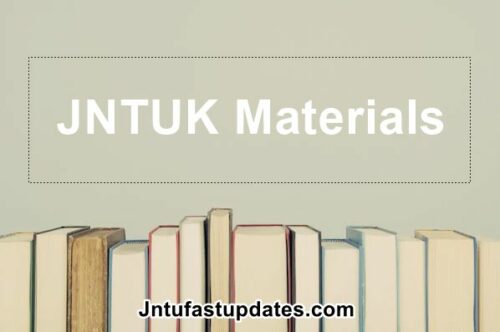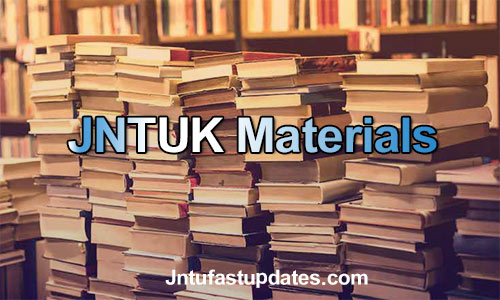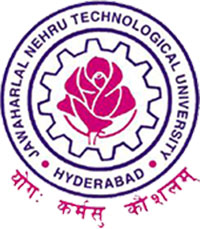JNTUK R16 3-1 Engineering Geology Material PDF Download
Students those who are studying JNTUK R16 Civil Branch, Can Download Unit wise R16 3-1 Engineering Geology Material/Notes PDFs below.
JNTUK R16 3-1 Engineering Geology Material PDF Download
OBJECTIVES:
- To introduce the Engineering Geology as a subject in Civil Engineering
- To enable the student to use subject in civil engineering applications.
- To know the Geological history of India.
UNIT-1
Introduction: Branches of Geology, Importance of Geology in Civil Engineering with case studies Weathering: Weathering of rocks, Geological agents, weathering process of Rock, River process and their development.
Download UNIT-1 Material PDF
UNIT-2
Mineralogy And Petrology: Definitions of mineral, Structures of silicates and rock, Different methods of study of mineral and rock, The study of physical properties of minerals and rocks for megascopic study for the following minerals and rocks, Common rock forming minerals are Feldspar, Quartz Group, Olivine, Augite, Hornblende, Mica Group, Asbestos, Talc, Chlorite, Kyanite, Garnet, Calcite and other ore forming minerals are Pyrite, Hematite, Magnetite, Chlorite, Galena, Pyrolusite, Graphite, Chromite, Magnetite And Bauxite. Classification, structures, textures and forms of Igneous rocks, Sedimentary rocks, Metamorphic rocks, and their megascopic study of granite varieties, (pink, gray, green). Pegmatite, Dolerite, Basalt etc., Shale, Sand Stone, Lime Stone, Laterite, Quartzite, Gneiss, Schist, Marble, Khondalite and Slate and their importance in Civil Engineering.
Download UNIT-2 Material PDF
UNIT-3
Structural Geology: Strike, Dip and Outcrop study of common geological structures associating with the rocks such as Folds, Faults, Joints and Unconformitiesparts, types, mechanism and their importance in Civil Engineering–Indian stratigraphy. Aims of statigrtaphy, Principles, Geological time scour, Geological division in India, Major stratigraphic units in India.
Download UNIT-3 Material PDF
UNIT-4
Ground Water: Water table, Cone of depression, Geological controls of Ground Water Movement, Ground Water Exploration Techniques.
Earthquakes And Land Slides: Terminology, Classification, causes and effects, Shield areas and Seismic bells, Richter scale intensity, Precautions of building constructions in seismic areas. Classification of Landslides, Causes and Effects, measures to be taken prevent their occurrence at Landslides. Case studies.
Download UNIT-4 Material PDF
UNIT-5
Geophysics: Importance of Geophysical methods, Classification, Principles of Geophysical study by Gravity method, Magnetic method, Electrical methods, Seismic methods, Radiometric method and Electrical resistivity, Seismic refraction methods and Engineering properties of rocks.
Download UNIT-5 Material PDF
UNIT-6
Geology of Dams, Reservoirs And Tunnels: Types and purpose of Dams, Geological considerations in the selection of a Dam site. Life of Reservoirs Purpose of Tunnelling, effects, Lining of Tunnels. Influence of Geology for successful Tunnelling.
Download UNIT-6 Material PDF
TEXT BOOKS:
- Engineering Geology, N. Chenn Kesavulu, Laxmi Publications, 2nd Edition, 2014.
- Engineering Geology, Subinoy Gangopadhay, Oxford University press.
REFERENCE BOOKS:
- Engineering Geology, D. Venkat Reddy, Vikas Publishing House pvt. Ltd, 2013.
- Engineering Geology, Vasudev Kanithi, University Press.
- Engineering Geology for Civil Engineers P. C. Varghese, PHI learning pvt. Ltd.
- G Fundamentals of Engineering Geology’ P.G. Bell, B. S. P. Publications, 2012
- Geology for Engineers and Environmental Society, Alan E Kehew, person publications, 3rd edition.
- Engineer’s Geology by S. K. Duggal, H.K. Pandey, N. Rawd, McGraw Hill education.
- Engineering Geology, K. S. Valdiya, McGraw Hill.
- Environmental Geology, K. S Valdiya, Mcgraw Hill Publications, 2nd Edition.
OUTCOMES:
- Identify and classify the geological minerals
- Measure the rock strengths of various rocks
- Classify and measure the earthquake prone areas to practice the hazard zonation
- Classify, monitor and measure the Landslides and subsidence
- Prepares, analyses and interpret the Engineering Geologic maps
- Analyses the ground conditions through geophysical surveys.
- Test the geological material and ground to check the suitability of civil engineering project construction.
- Investigate the project site for mega/mini civil engineering projects.Site selection for mega engineering projects like Dams, Tunnels, disposal sites etc…
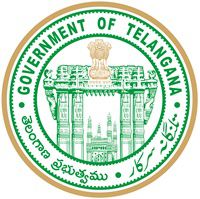
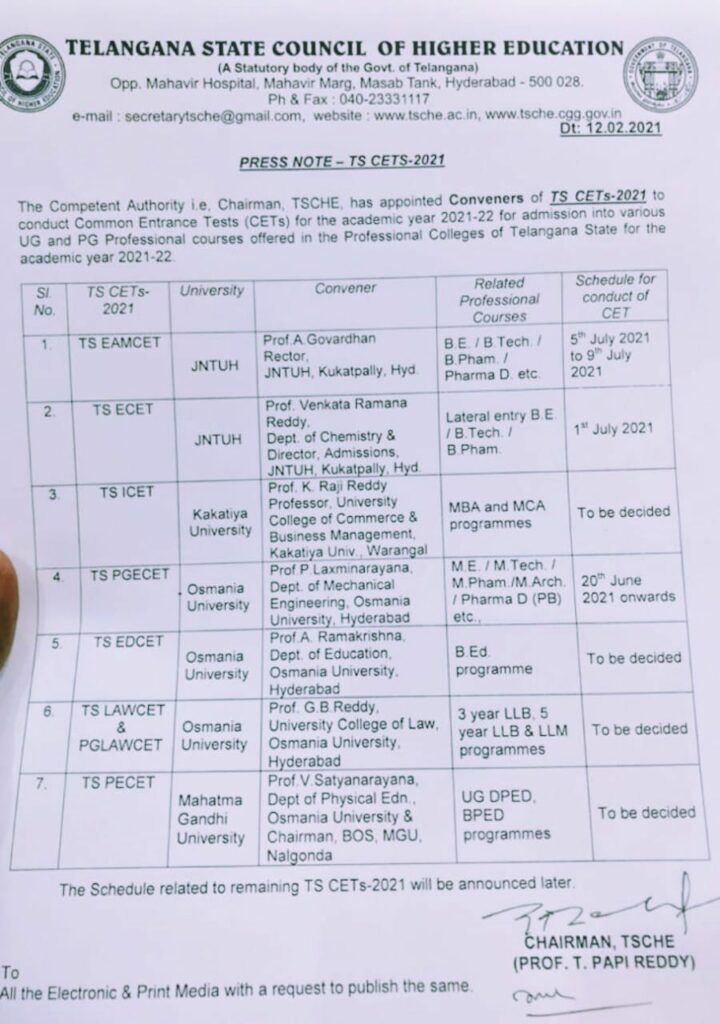

320-x100(1).gif)

